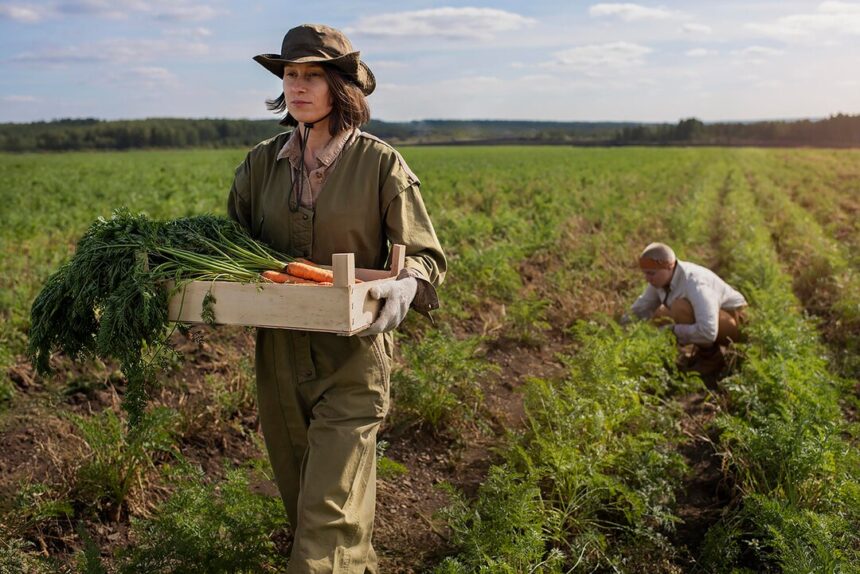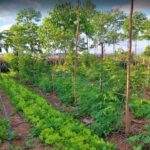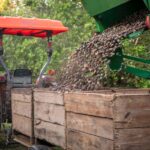Starting a small-scale agricultural operation can be a rewarding venture for those interested in farming on a budget. By leveraging basic tools and efficient practices, you can establish a productive farm without the need for heavy machinery. Here’s a step-by-step guide to help you get started.
1. Choose the Right Land
The foundation of any agricultural operation is the land. Select a plot that suits the type of crops or livestock you intend to raise. Ensure the soil is fertile, has good drainage, and access to water. If you are unsure about the soil quality, conduct a basic soil test to determine its pH and nutrient levels.
2. Plan Your Operation
Define your goals and decide whether you want to focus on crops, livestock, or both. Create a simple farm layout, specifying where each activity will take place. Factor in crop rotation, irrigation, and storage to maximize productivity.
3. Invest in Basic Tools
You can achieve a lot with a few essential tools. The following are must-haves for small-scale operations:
- Hand tools: Spade, hoe, rake, pruning shears, and a hand trowel.
- Watering tools: Buckets, watering cans, or a hose.
- Measuring tools: A tape measure and a soil thermometer.
- Weeding and maintenance tools: A weeder and a wheelbarrow.
These tools are affordable and versatile, making them ideal for small-scale farming.
4. Prepare the Soil
Use basic tools like a spade and hoe to clear the land of debris, weeds, and stones. Loosen the soil to improve aeration and water penetration. Mix in organic compost or manure to enrich the soil with nutrients.
5. Select Suitable Crops
Choose crops that grow well in your climate and require minimal inputs. For beginners, start with hardy crops like tomatoes, lettuce, beans, or spinach. These are relatively easy to cultivate and offer quick returns.
6. Set Up an Irrigation System
If water is limited, consider basic irrigation methods such as drip irrigation using perforated pipes or bottles. Watering cans are also effective for small plots. Make sure to water early in the morning or late in the afternoon to minimize evaporation.
7. Create a Planting Schedule
Organize your planting schedule based on the seasons. Stagger your planting to ensure a steady harvest throughout the year. Rotate crops annually to prevent soil depletion and reduce pest risks.
8. Manage Pests and Diseases
Basic pest control measures, such as using neem oil, soapy water, or planting pest-repellent crops like marigolds, can keep pests at bay. Regularly inspect your crops for signs of disease and act promptly to prevent spread.
9. Harvest and Store Your Produce
Harvest crops at their peak to ensure maximum freshness and quality. Use basic storage methods such as crates, baskets, or cool, dry areas to preserve your produce. For long-term storage, consider drying or pickling surplus crops.
10. Scale Up Gradually
Once you’ve mastered small-scale farming, you can expand your operation. Invest in additional tools or explore more advanced techniques, such as greenhouse farming or organic certification, to increase your productivity and profits.
By using basic tools and practical strategies, setting up a small-scale agricultural operation can be both affordable and efficient. With careful planning and consistent effort, you’ll be well on your way to sustainable farming success.







